How Seasonal Weather Affects Your Parking Lot
Introduction
From the intense Texas sun to heavy rains and unexpected cold snaps, seasonal weather conditions can have a profound impact on the condition of your parking lot. If you own or manage a commercial property, understanding how each season affects asphalt and line striping is key to preserving its integrity, appearance, and safety.
In this article, we’ll break down how weather affects your parking lot throughout the year, what warning signs to watch for, and the best maintenance strategies to help your lot withstand the elements.
Spring: Moisture & Early Damage Detection
Spring is a transitional season that brings increased rainfall and shifting temperatures—two conditions that can expose existing damage or cause new issues in your asphalt surface.
How It Affects Your Lot:
- Rainwater infiltration can enter small cracks and weaken the subbase.
- Freezing and thawing cycles from lingering cold nights may cause surface expansion and contraction.
- Increased moisture can make existing potholes worse.
Best Practices:
- Inspect for cracks, potholes, and soft spots.
- Prioritize crack sealing and pothole repairs before they expand.
- Clean debris from drains to ensure proper water flow.
Learn more about early-season maintenance
Summer: Heat, Oxidation & UV Exposure
Texas summers are harsh—high temperatures and UV radiation can quickly degrade unprotected asphalt.
How It Affects Your Lot:
- Oxidation causes asphalt to become brittle and lose flexibility.
- UV exposure fades parking lines and weakens the asphalt binder.
- Excessive heat can lead to surface softening, especially on untreated lots.
Best Practices:
- Apply sealcoating every 2-3 years to protect against oxidation.
- Re-stripe faded parking lines for improved visibility and compliance.
- Avoid heavy vehicle use during peak heat to reduce surface stress.
Did you know? The surface temperature of untreated asphalt can reach 150°F or more during peak summer months.
Fall: Preparing for Cold & Moisture
As temperatures drop and leaves accumulate, fall is your final chance to prepare your lot for winter while addressing any lingering damage from summer.
How It Affects Your Lot:
- Falling leaves can clog drains and trap moisture on the surface.
- Cooling temps reduce the effectiveness of asphalt bonding if repairs are delayed.
Best Practices:
- Remove debris and leaves to prevent blocked drains.
- Perform final crack sealing before winter freeze cycles begin.
- Schedule inspections and sealcoating while temperatures are still mild.
Bonus Tip: Autumn is one of the best times to schedule preventative maintenance because temperatures are moderate and contractor availability increases.
Winter: Freezing, Cracking & Salt Exposure
While winters in Texas may not be as harsh as in northern states, the occasional freeze, icy rain, and road treatments still pose a threat to your lot.
How It Affects Your Lot:
- Water in surface cracks can freeze and expand, worsening the damage.
- Snowplows or de-icing salt can damage asphalt surfaces and striping.
- Cold temperatures can slow curing times for any last-minute repairs.
Best Practices:
- Avoid using chemical deicers with harsh chlorides—opt for asphalt-safe alternatives.
- Clear snow and ice promptly with rubber-edged tools.
- Inspect the lot regularly for new cracking or pothole formation.
Year-Round Strategies to Protect Your Parking Lot
Regardless of the season, adopting a proactive maintenance approach will help extend the life of your parking lot and reduce long-term repair costs.
1. Regular Inspections
Walk the lot at least once per month. Document areas of concern like standing water, faded lines, or cracking.
2. Sealcoating on a Schedule
Sealcoating helps shield the surface from water infiltration and sun damage. Every 2–3 years is ideal for high-traffic lots.
3. Timely Repairs
Small cracks can be filled easily if caught early. Letting them go for a season or two can lead to thousands of dollars in repairs.
4. Proper Drainage Design
Ensure the lot is sloped properly and that drains are free of obstructions to prevent water pooling.
5. Seasonal Striping Touch-Ups
Line striping fades due to sun and weather. Consider touch-ups every 12–18 months, or sooner if visibility decreases.
Contact Clear Line Paving for expert seasonal maintenance
Weather-Resilient Parking Lot Materials
Some materials and design choices stand up better to weather extremes. Consider these upgrades:
- Permeable asphalt or concrete – Improves drainage and reduces freeze/thaw damage.
- Reflective sealcoating – Reduces heat absorption in summer.
- Thermoplastic markings – Last longer and resist fading better than paint.
Explore the environmental pros and cons of parking lot materials
Planning Ahead Pays Off
Every season introduces different risks to your parking lot—but with the right plan, you can reduce wear and tear, avoid safety hazards, and extend the life of your pavement. Whether you’re facing intense summer heat or prepping for winter’s freeze-thaw cycles, staying ahead of seasonal threats is one of the smartest moves you can make.
Need help keeping your lot in peak condition? Clear Line Paving & Maintenance LLC is here to help you weather any storm.
Schedule a seasonal inspection today and get ahead of the damage before it starts.



